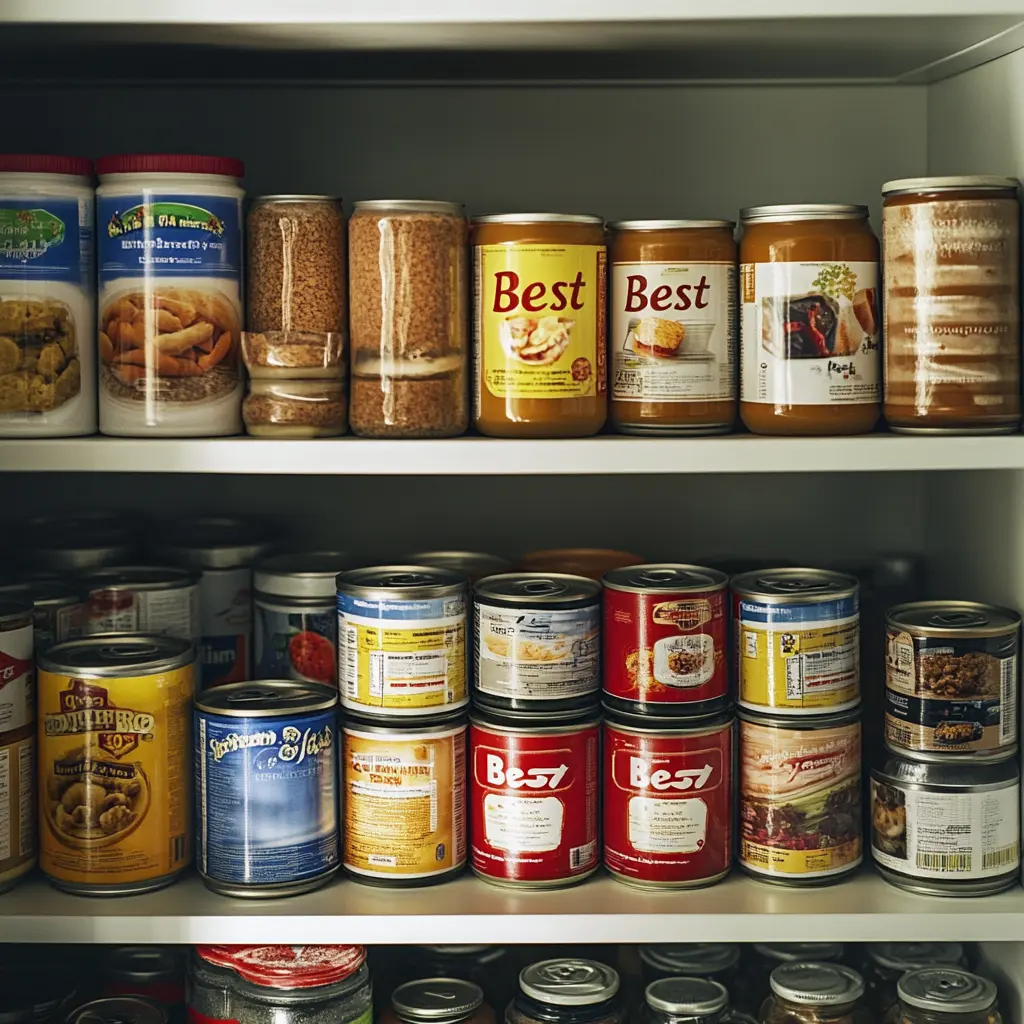In an era where food waste has become a global concern, one of the most common culprits might be sitting right in your pantry: misunderstood date labels. Every year, millions of Americans discard perfectly edible food simply because they’ve misinterpreted what “Best By” or “Best Before” dates actually mean. This widespread confusion contributes significantly to the estimated 30-40% of the U.S. food supply that goes to waste annually.
The Date Label Dilemma
“Best By” dates aren’t warning labels—they’re quality indicators. Food manufacturers use these dates to suggest when their products will be at peak flavor, texture, and nutritional value. Contrary to popular belief, these dates rarely have anything to do with safety.
Mark Johnson, a food safety specialist with over 15 years of experience, explains: “There’s a critical distinction between food quality and food safety that many consumers don’t understand. ‘Best By’ dates primarily address quality, not safety concerns.”
What’s Really Happening Inside Those Cans?
Canned foods are particularly misunderstood when it comes to longevity. The canning process itself is designed for long-term preservation—foods are sealed in an oxygen-free environment and heated to destroy microorganisms. This makes properly sealed canned goods remarkably stable.
The Remarkable Shelf Life of Common Canned Foods
Canned Vegetables
Items like corn, peas, and green beans can remain safe and nutritious for 2-5 years beyond their “Best By” date when stored properly. While the texture might soften slightly and colors may fade over time, these changes don’t affect safety.
Canned Proteins
Tuna, chicken, and other canned meats can last 3-5 years past their printed dates. The high-protein content remains intact, though the texture might change slightly. Many emergency preparedness experts recommend rotating canned proteins every 2-3 years for optimal quality, not because they become dangerous.
Canned Fruits
Due to their higher acid content, canned fruits like peaches and pineapples typically maintain their quality for 1-2 years past their “Best By” date. The acidity helps preserve them while potentially causing slightly more noticeable texture changes over time.
The Science of Food Preservation
Dr. Elena Rodriguez, a food scientist at the National Food Safety Institute, notes: “Commercial canning processes are designed to create a hermetically sealed, commercially sterile product. As long as the can remains undamaged, the contents remain microbiologically safe almost indefinitely.”
This doesn’t mean all canned foods last forever. Quality gradually diminishes, and certain factors can compromise safety:
When to Actually Discard Canned Foods
Trust your senses and look for these warning signs that indicate it’s time to discard canned goods:
- Damaged containers: Any cans with dents along seams, deep dents, rust, or leaks should be discarded immediately
- Bulging or swelling: This indicates potential bacterial growth and gas production
- Unusual odors: Upon opening, any strange or off-putting smells suggest spoilage
- Spurting liquid: When a can is opened, liquid shouldn’t spray out forcefully
- Visible mold or discoloration: Any obvious signs of contamination mean it’s time to discard
Environmental and Economic Impact
The misconception about “Best By” dates contributes significantly to food waste. The average American family of four throws away approximately $1,500 worth of food annually, with misunderstood date labels being a major contributor.
Dana Williams, an environmental advocate focused on reducing food waste, emphasizes: “When we throw away canned goods based solely on a printed date, we’re not just wasting food—we’re wasting the energy, water, and resources used to grow, process, package, and transport that food.”
Practical Guidelines for Managing Your Pantry
Storage Matters
- Store canned goods in cool (below 70°F), dry places
- Avoid temperature fluctuations and direct sunlight
- Keep cans off concrete floors, which can accelerate corrosion
- Use the FIFO method (First In, First Out) to rotate your stock
Organization Tips
- Label cans with purchase dates using a marker or stickers
- Group similar items together for easy inventory checks
- Conduct semi-annual pantry reviews to identify older items that should be used soon
- Consider donating approaching-date items you won’t use to food banks (many accept items up to one year past “Best By” dates)
A Global Perspective
Interestingly, different countries have varying approaches to date labeling. The European Union has simplified their system to distinguish between “Use By” (safety concern) and “Best Before” (quality indicator). The United Kingdom has gone further by removing date labels entirely from certain non-perishable foods to reduce confusion and waste.
Making Informed Decisions
Understanding “Best By” dates empowers you to make better decisions about your food. Instead of relying solely on printed dates, use a combination of:
- Proper storage practices
- Visual inspection
- Common sense judgment
- Knowledge of how different foods age
By becoming more discerning about when food is truly past its prime, you can reduce waste, save money, and potentially help address a significant environmental challenge—all while keeping your pantry well-stocked with perfectly good food that might otherwise have been needlessly discarded.
As consumer awareness grows, manufacturers are beginning to respond with clearer labeling. Until then, remember: that can of corn might have years of nutritious meals left to offer, regardless of what the date stamp suggests.
